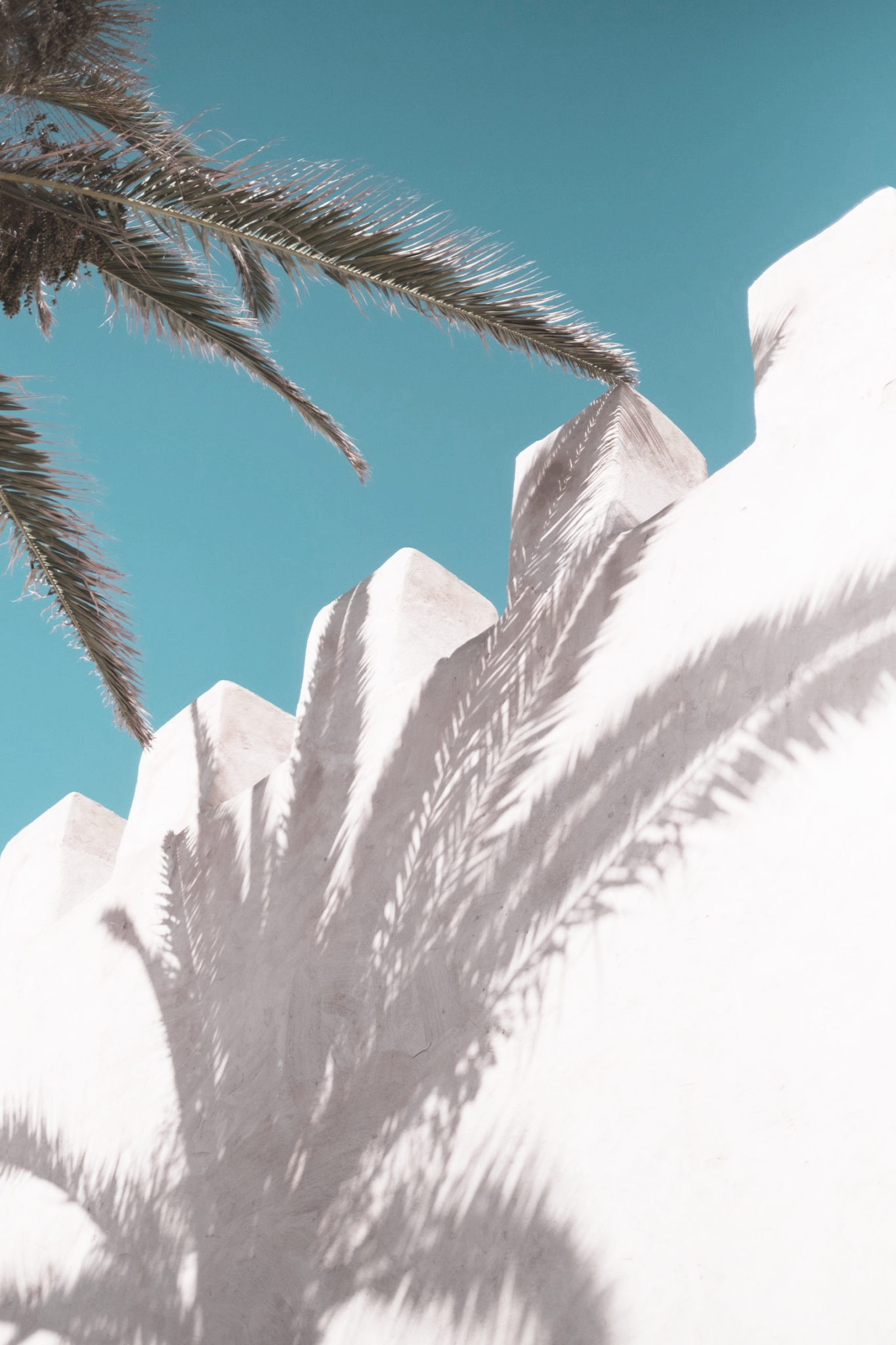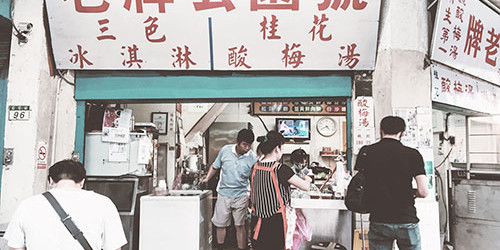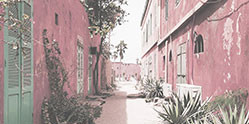The city
The name of the city is usually spelled Essaouira in Latin script, and الصويرة in Arabic script. Both spellings represent its name in Moroccan Arabic, ṣ-Ṣwiṛa. This is the diminutive of the noun ṣuṛ which means “wall (as round a yard, city), rampart”. The pronunciation with pharyngealized /ṣ/ and /ṛ/ is a typically Moroccan development. In Classical Arabic, the noun is sūr (with plain /s/ and /r/), diminutive suwayrah. Hence, the spelling of the name in Arabic script according to the classical pronunciation is السويرة al-Suwayrah (with sīn not ṣād).
In the Berber language, which is spoken by a sizeable proportion of the city’s inhabitants, it is called “Taṣṣort“, meaning ‘the small fortress’.
In Moroccan Arabic, a single male inhabitant is called ṣwiṛi, plural ṣwiṛiyin, a single female inhabitant is ṣwiṛiya, plural ṣwiṛiyat. In the Berber language, a single male inhabitant is U-Taṣṣort, plural: Ayt Taṣṣuṛt, a single female inhabitant is Ult Taṣṣort, plural Ist Taṣṣort.
There are only a handful of modern purpose-built hotels within the walls of the old city.
Geography
Essaouira is protected by a natural bay partially shielded from wave action by the Iles Purpuraires. A broad sandy beach extends from the harbour south of Essaourira, at which point the Oued Ksob discharges to the ocean; south of the discharge lies the archaeological ruin, the Bordj El Berod. The Canary Current is responsible for the generally southward movement of ocean circulation and has led to enhancement of the local fishery.[21] The village of Diabat lies about five kilometres (3.1 miles) south of Essaouira, immediately south of the Oued Ksob.
Essaouira connects to Safi to the north and to Agadir to the south via the N1 road and to Marrakech to the east via the R 207 road. There is a small airport some 7 to 8 km (4 to 5 mi) away from the town, which schedules several flights a week to Paris-Orly, London-Luton and Brussels-South (Charleroi) and daily to Casablanca.
The medina is home to many small arts and crafts businesses, notably cabinet making and 'thuya' wood-carving both of which have been practised in Essaouira for centuries.
Culture
Essaouira presents itself as a city full of culture: several small art galleries are found all over the town. Since 1998, the Gnaoua Festival of World Music is held in Essaouira, normally in the last week of June. It brings together artists from all over the world. Although focussed on gnaoua music, it includes rock, jazz and reggae. Dubbed as the “Moroccan Woodstock” it lasts four days and attracts annually around 450,000 spectators.
Essaouira has long been considered as one of the best anchorages of the Moroccan coast. The Carthaginian navigator Hanno visited in the 5th century BC and established the trading post of Arambys.
Around the end of the 1st century BCE or early 1st century CE, the Berber king Juba II established a Tyrian purple factory, processing the murex and purpura shells found in the intertidal rocks at Essaouira and the Iles Purpuraires. This dye colored the purple stripe in the togasworn by the Senators of Imperial Rome.
A Roman villa was excavated on Mogador island. A Roman vase was found as well as coinage from the 3rd century CE. Most of the artifacts are now visible in the Sidi Mohammed ben Abdallah Museum and the Rabat Archaeological Museum.








